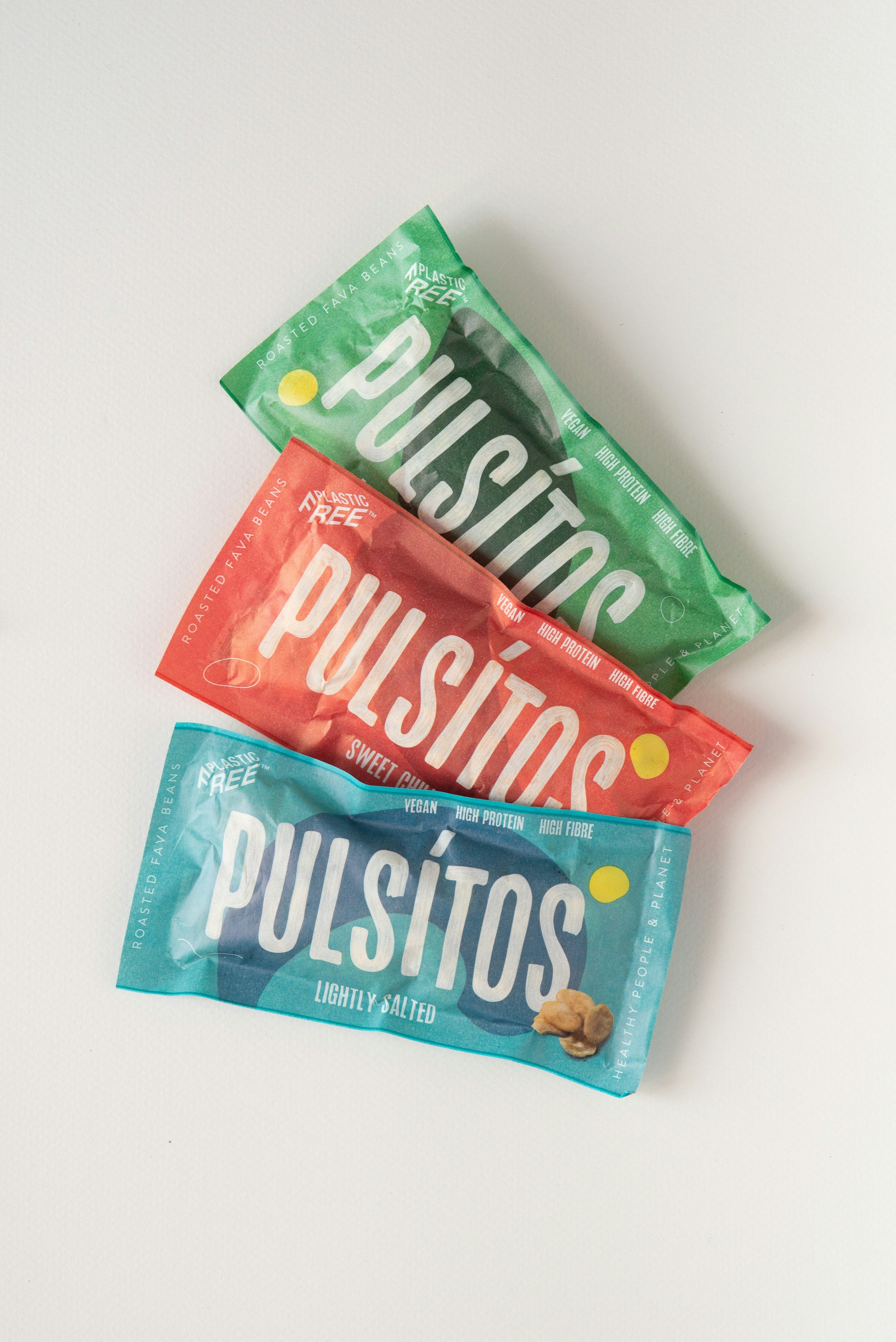Introduction
Lesson 4 of 7
Before we get started, it’s important to make sure we’re all on the same page about what graphic designers actually do.
Graphic design is an umbrella term that encompasses a wide variety of careers and specialties. There are many ways to define graphic design, few of which are perfect, but as a general rule, graphic designers use visuals and/or text to convey a message to the viewer.
While many graphic designers have a broad skill set, others specialize based on experience, comfort level, or preference. Here is an overview of some of the common specialties:
Web Design refers to the design of digital interactive products, including websites and sometimes also apps (though app design is often considered its own specialty)
Print Design refers to the design of any printed material, including but definitely not limited to brochures, postcards, booklets, banners, or point-of-sale pieces. Print design processes are also used on branded products, such as t-shirts or pens.
UX (User Experience) Design means optimizing design for user experience. Most often, this refers to the design of website or app layouts.
Brand Identity Design refers to developing a brand “look,” generally including its logo, color scheme, and fonts. Brand identity may include patterns, icons, photography, and other distinctive visual cues.
Packaging Design refers to the design of any product’s packaging. This is closely related to print design and requires an in-depth understanding of print processes and complex dielines. Some package design specialists assist or lead in the engineering of the dielines themselves.
Art Direction establishes the general look, feel, and visual concept for a given project or campaign.
Ad Design refers to the design of both print and digital advertisements. Ad design often encompasses broader campaigns that extend to in-store point-of-sale pieces.
Production Design means taking an existing design, adapting it for other uses, and preparing it for production. For example, if a poster needs to be reworked as a postcard, this adaptation process is considered production design.
Creative Direction refers to the oversight and conceptualization of every aspect of the design process, including how design and non-design components (like copy or music) may fit in. Creative directors develop a unified vision to ensure that all aspects of a project or campaign work together cohesively.
Graphic designers may do all of the above, have a mix of specialties, or even choose just one direction to specialize in.








